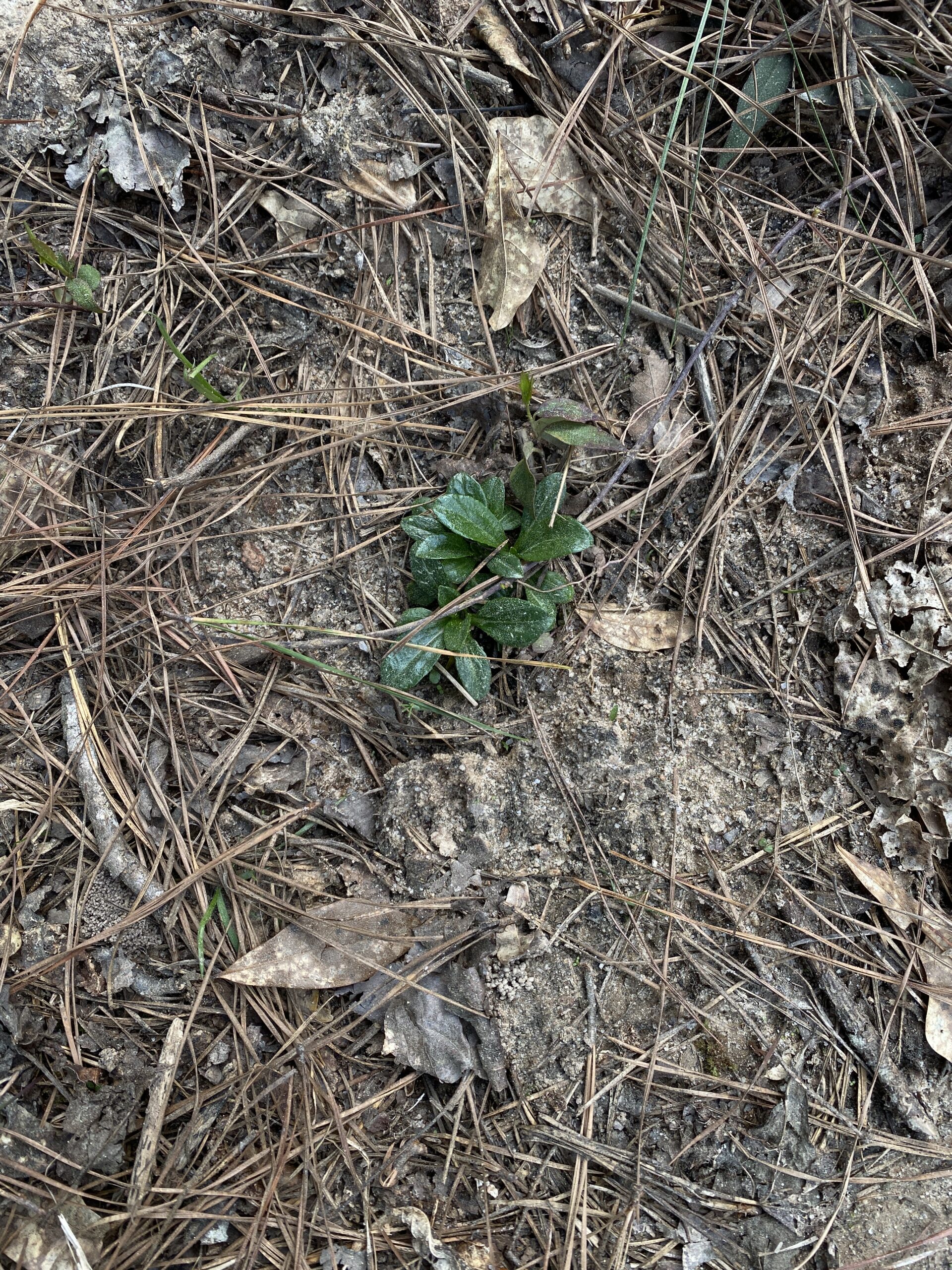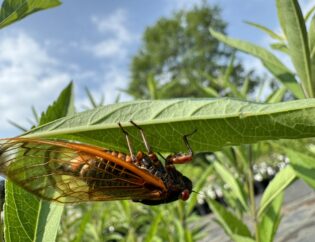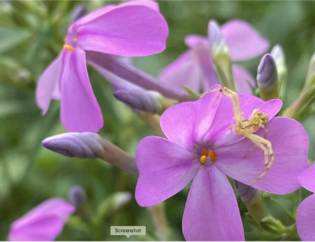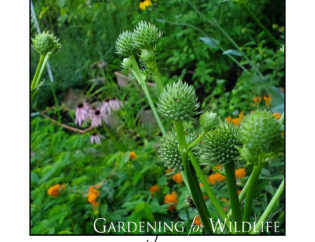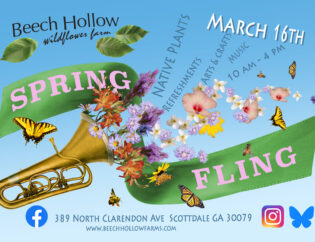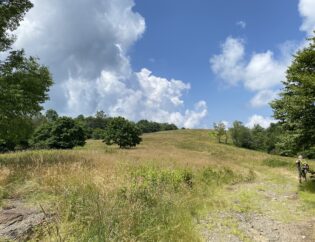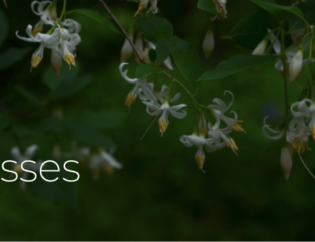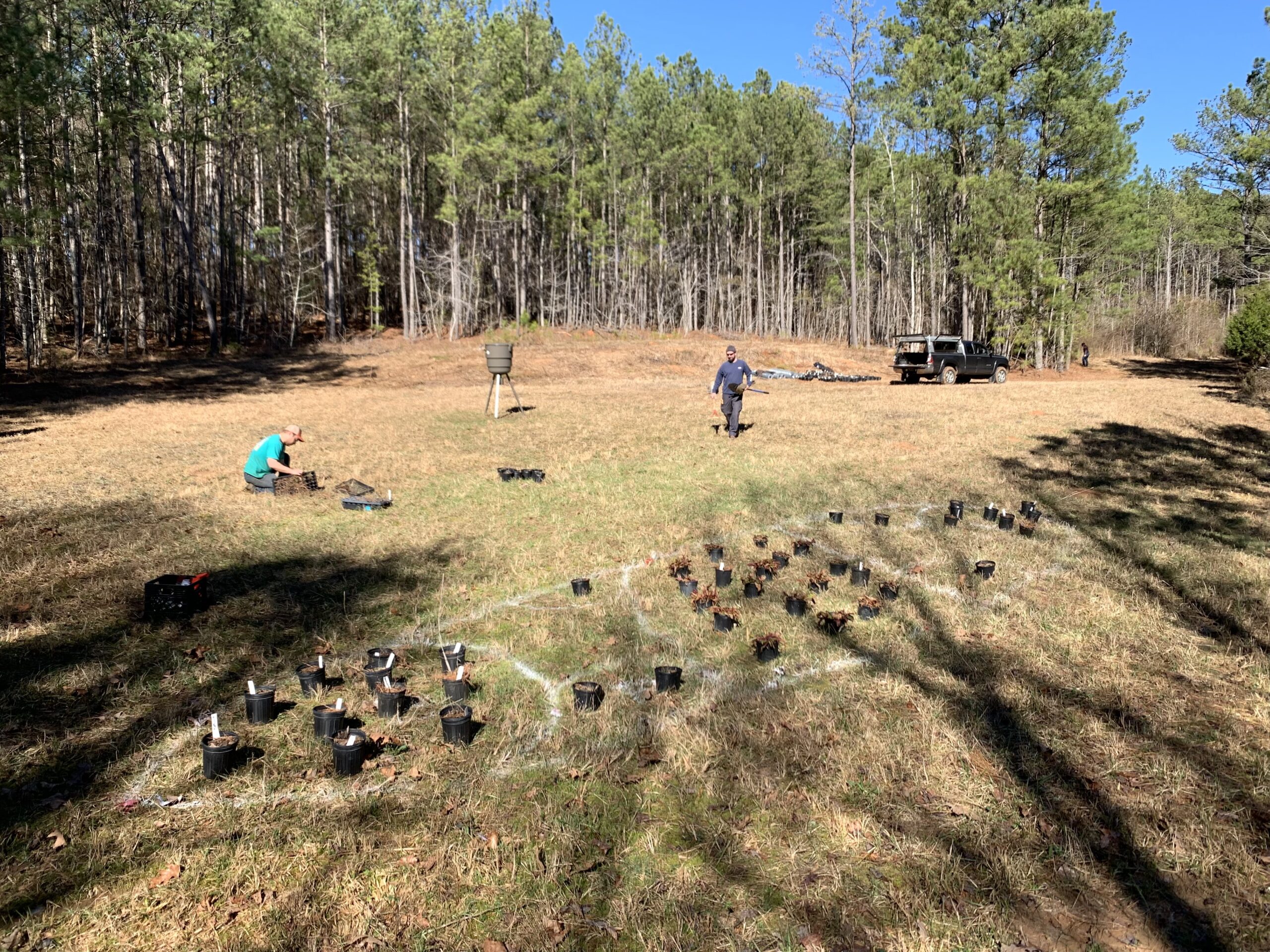
Photos by Richard Bennett unless otherwise noted.
We love growing our plants, but it is a lot of work that encompasses a grind of daily chores like watering, weeding, media making, up-potting, as well as a multitude of repetitive greenhouse tasks. Having a chance to plant our “green babies,” always feels like a treat. A couple weeks ago on March 18th we had a treat, we went up to the Turkey Hill Prairie Project on our back acreage to plant some beauty.
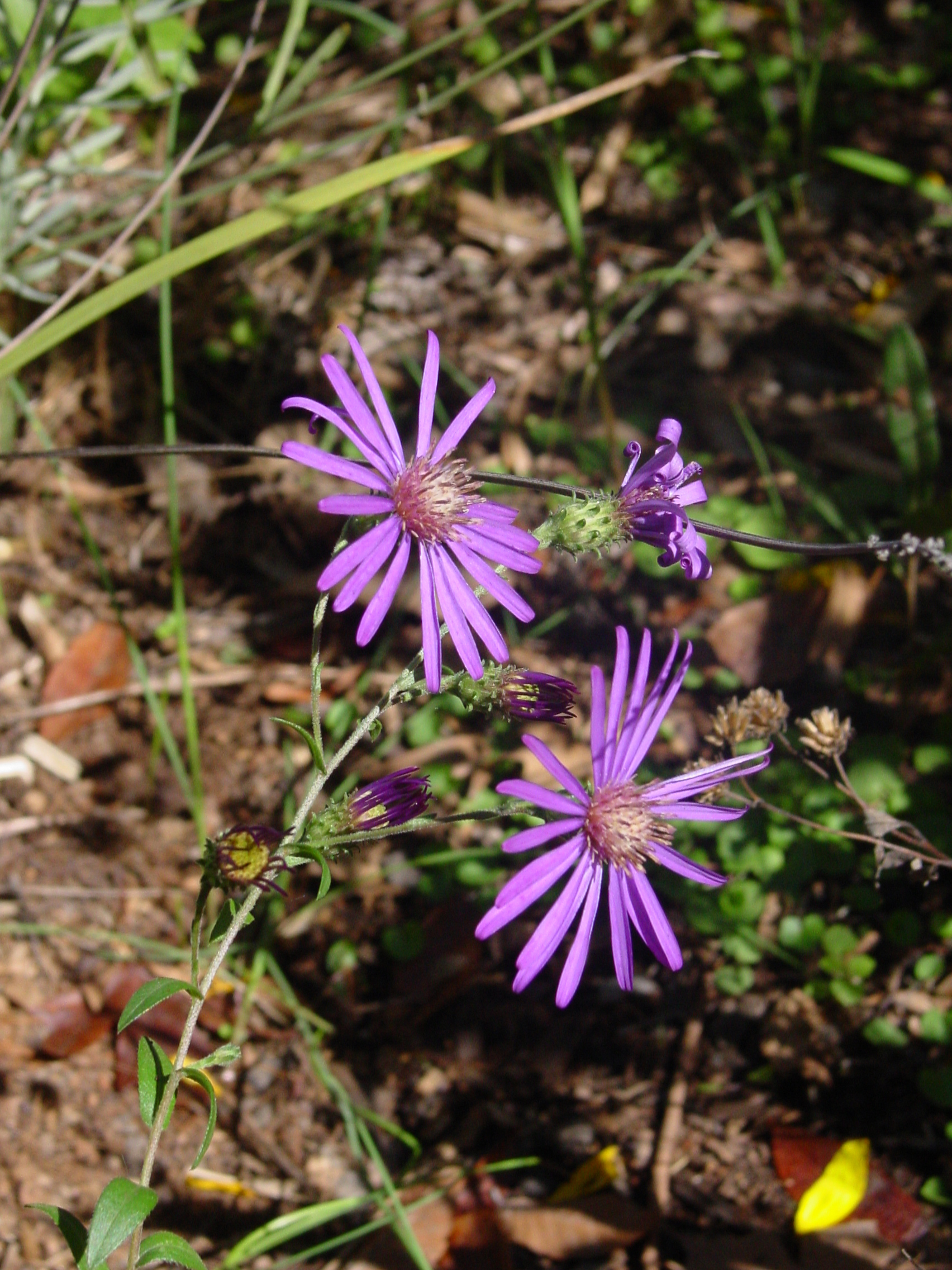
About the Turkey Hill Prairie Project: Jeff Killingsworth and I started planting the prairie about five or six years ago on the back ridge of the valley. Jeff ended up doing most of the planting, installing Calico Aster, Rattlesnake Master, Georgia Aster, Gold Aster, Muhly Grass, and Little Bluestem. We selected tough plants for a tough place. If you have bought a Georgia aster from us, this is where the seeds came from. Right here from this hard scrabble patch of dirt. Georgia Aster is beautiful, but it's a hard scrabble plant, and does poorly in moist, rich soil.
When Jeff planted in 2017, he noted the locations of the plants. We then left Turkey Hill on auto pilot, just to see how everybody (plant wise) fared. Even though we knew the plants that were installed are tough, over the past few years they have delighted us with their survival.
Here we are six years later in 2023 with more plant plans. After finalizing our plant list, Tanner and Richard had loaded up our wooden trailer the day before. We were ready; more or less. Saturday was blocked out as a planting day, and Jeff Killingsworth was going to join us.
Planting day arrived with blue skies and crispy air; a perfect day to install roughly 300 plants in the prairie.
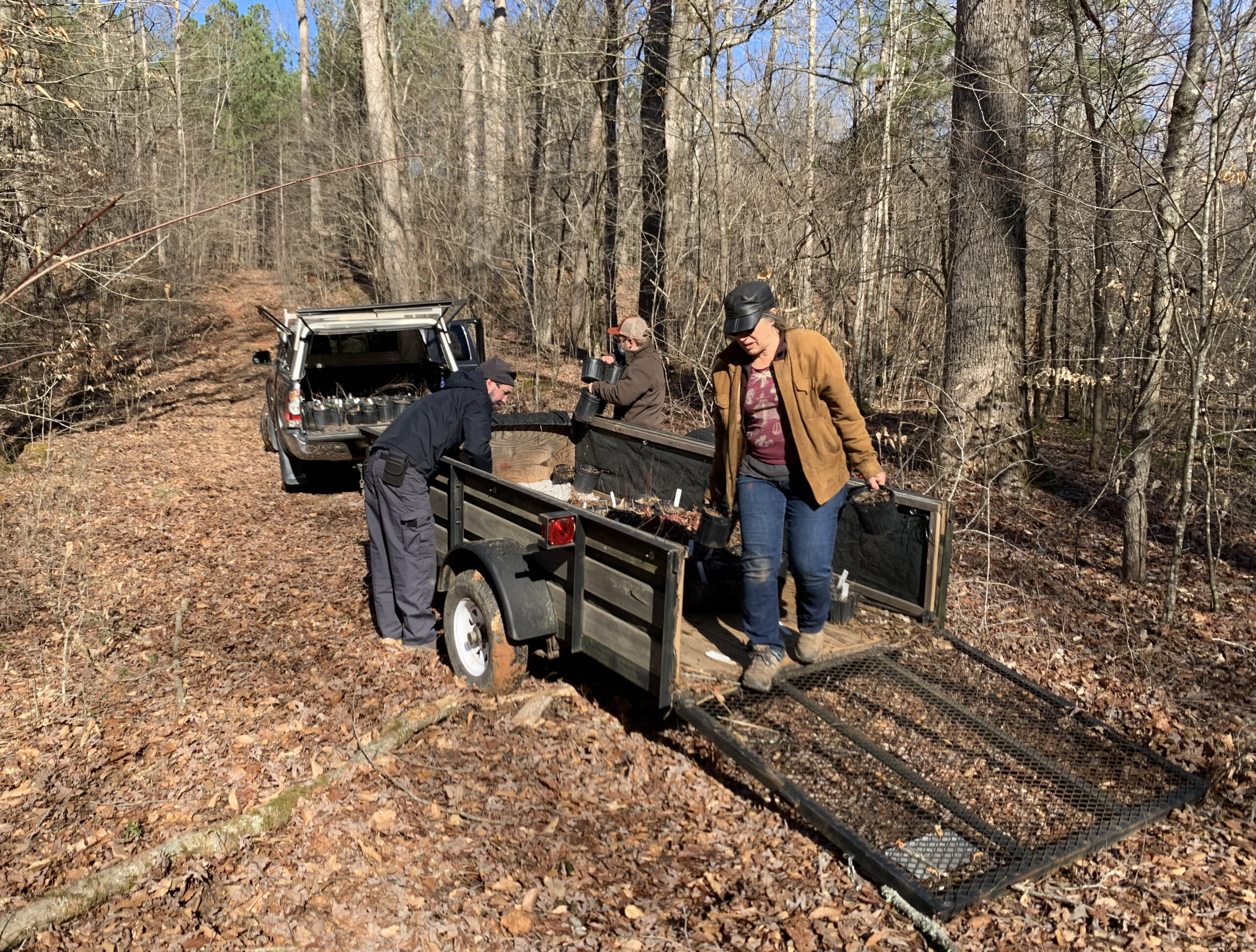
Ahh…
Jeff tried to get the truck up the hill. First with regular 4W, then with L4. Maybe the trailer was too heavy, or the hill was too slick; the Georgia clay just wasn’t having it. It was like climbing a mountain of orange glue mixed with Vaseline. Yuck. Once, twice, three times, the truck kept slipping backwards.
We rolled the truck back down to the base of the hill and started ferrying tools, fencing, rebar, and plants. Even without the trailer, the hill was now so gloppy and churned-up that Jeff had to aim the wheels of the truck to areas of the road without ruts filled with mud-goo.

Success – we finally got the plants, tools, and people up to the top of the hill.
Turkey Hill is on the back ridge of our little valley of 120 acres. The soil here is poor from more than a century of bad agricultural practices during the 1800’s through the 1930’s. Do you see all that red clay in the photo above? At some point in the 30’s of 40s the land endured another 40 years of harsh usage through silviculture. There is no topsoil to speak of on this back ridge…it’s mostly three acres of clay and grit sprinkled with chunks of rock. The area we have devoted to the prairie project is currently 531 feet long and about 155 feet wide at its widest point. It is about 3 acres, and there are plans to eventually expand it to about 10-15 acres.

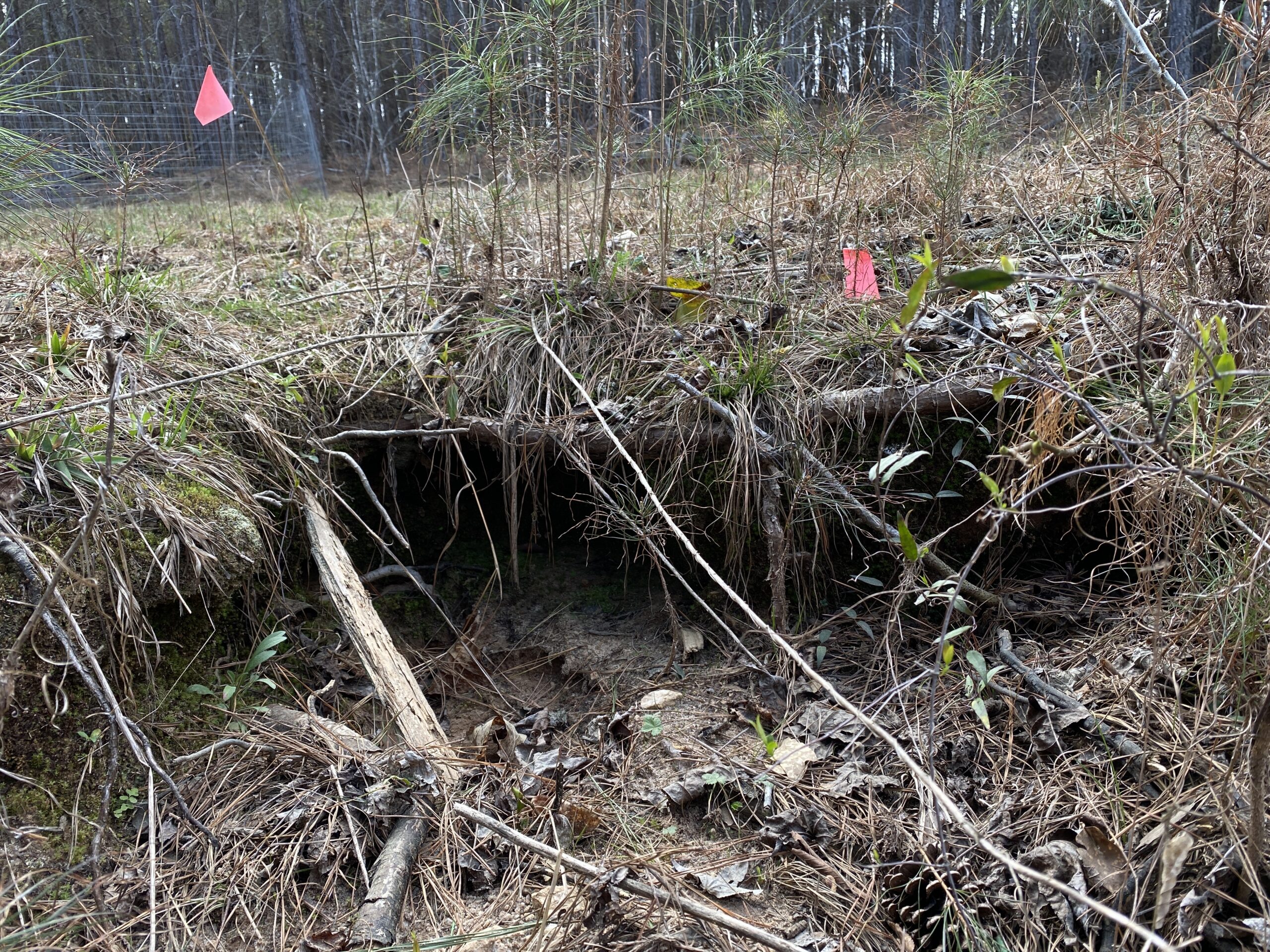
To ensure the success of our planting projects, we believe in planting the right plant in the right place. Here is how we sorted the plants.
The plant list for the drier upper prairie terrace:
- Symphyotrichum georgianum
- Liatris pilosa
- Solidago tortifolia
- Pycnanthemum pycnanthemoides
The plant list for the moister, lower prairie terrace:
- Penstemon laevigatus
- Pycnanthemum pycnanthemoides
- Baptisia albescens
- Echinacea purpurea
- Lespedeza virginica
- Solidago tortifolia
The plant list for the area where a seep with Wool Grass and juncus occur:
- Helianthus angustifolius
Next, we outlined the ellipses for the planting areas. One large ellipse for the lower terrace, and four smaller ellipses for the upper terrace. The areas where the different plants were to be placed was outlined with initials in the center that indicated which plant went where.
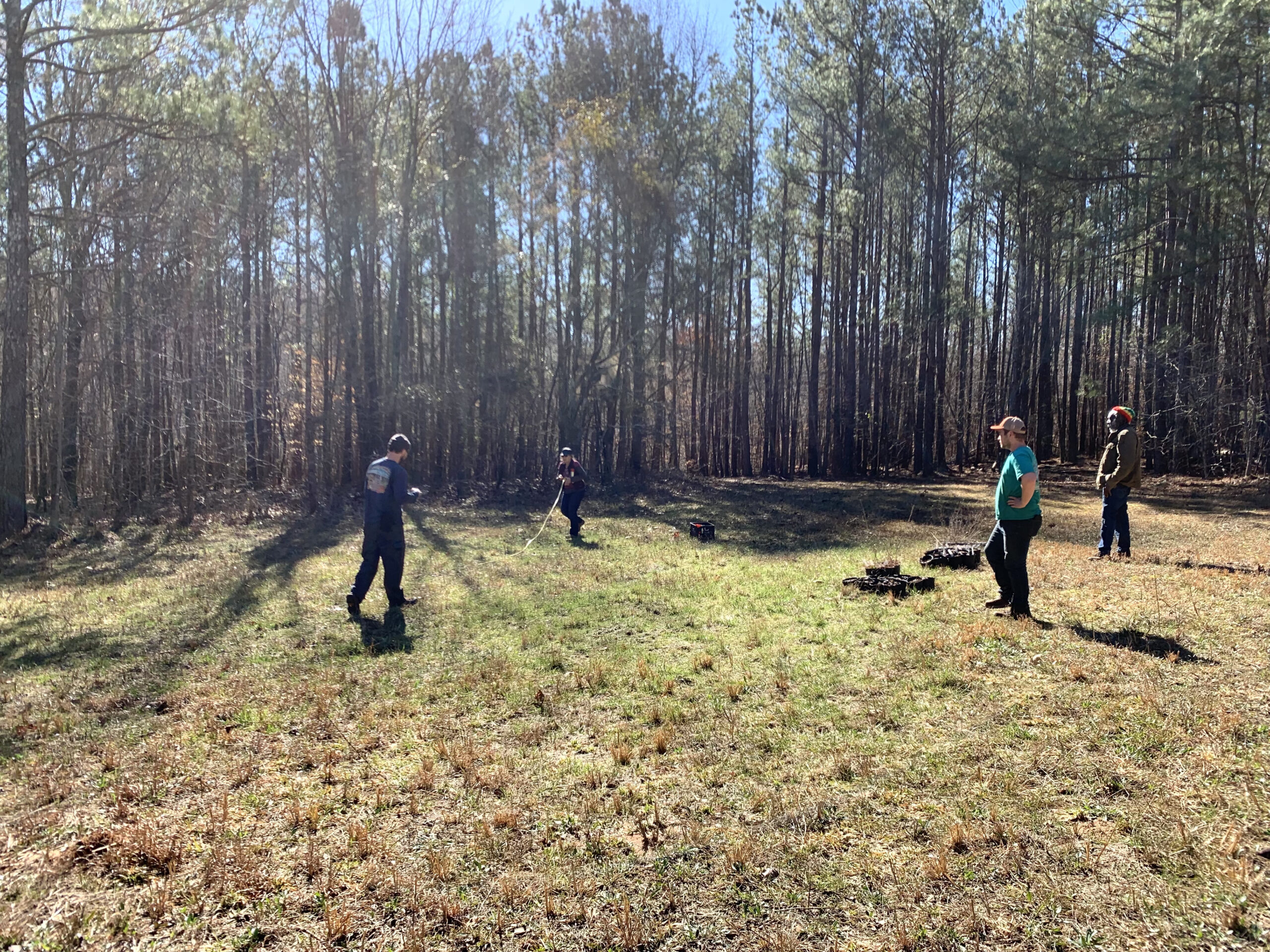
The soil was fairly moist, but if it doesn’t rain in the next few days, we will have to water.
The biggest problem our previous planting had didn’t seem to be the poor soil, it was deer browsing. Every time the plants put up tender growth, or bloomed, the deer ate the plant or the flowers.
There are simply too many hungry deer-mouths that eat everything in sight. All we can do to protect the plants is use fencing that deer can’t get past.
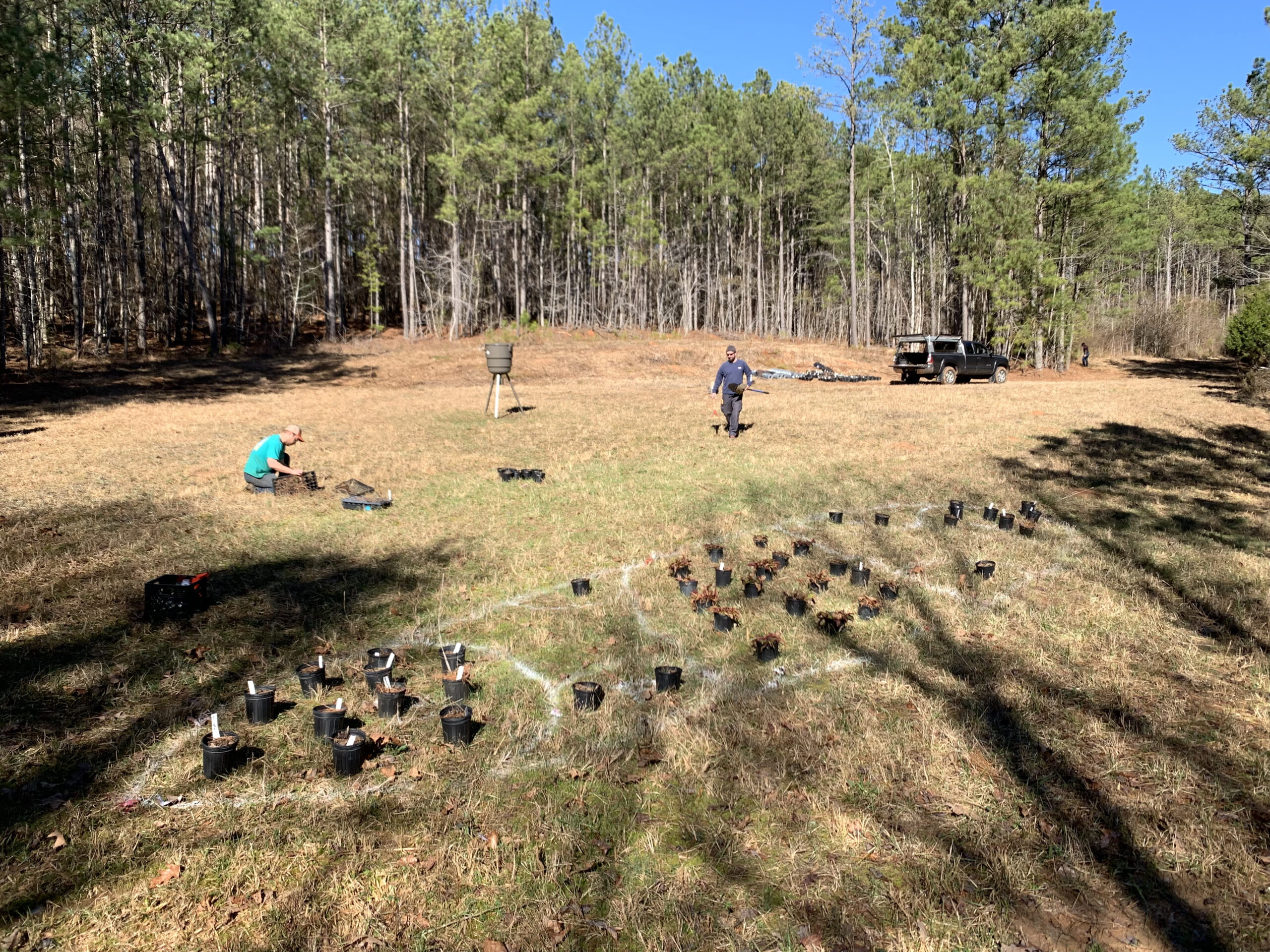
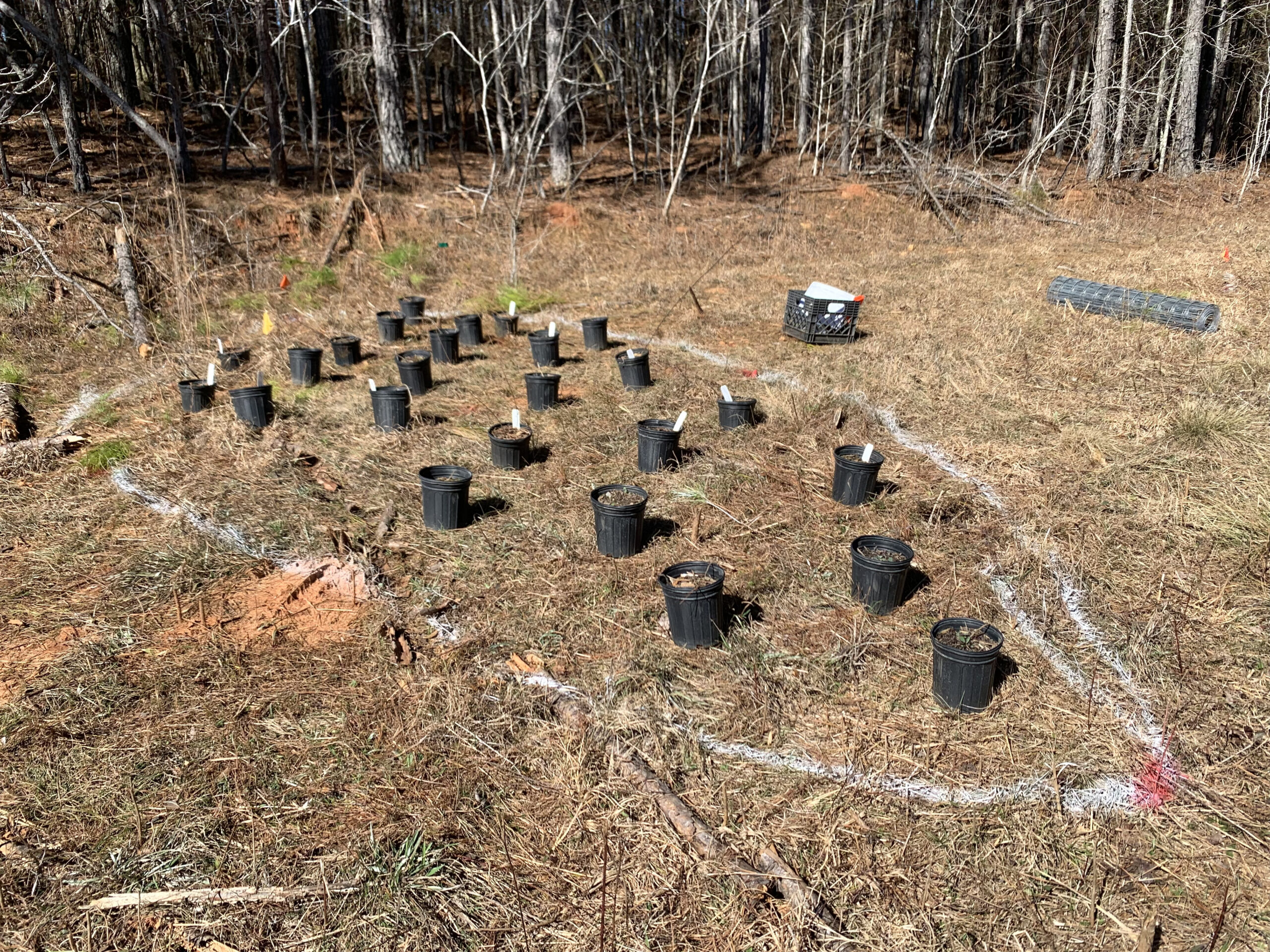
Deer can jump over a four-foot fence, but don’t like jumping into narrow enclosures that might tangle up their pretty legs. We opted for a series of four-foot-tall elliptical enclosures, with rebar for fence stakes. We’ve used this fencing strategy in other areas on the farm with fair success, so we figured we’d repeat it on this back acreage.
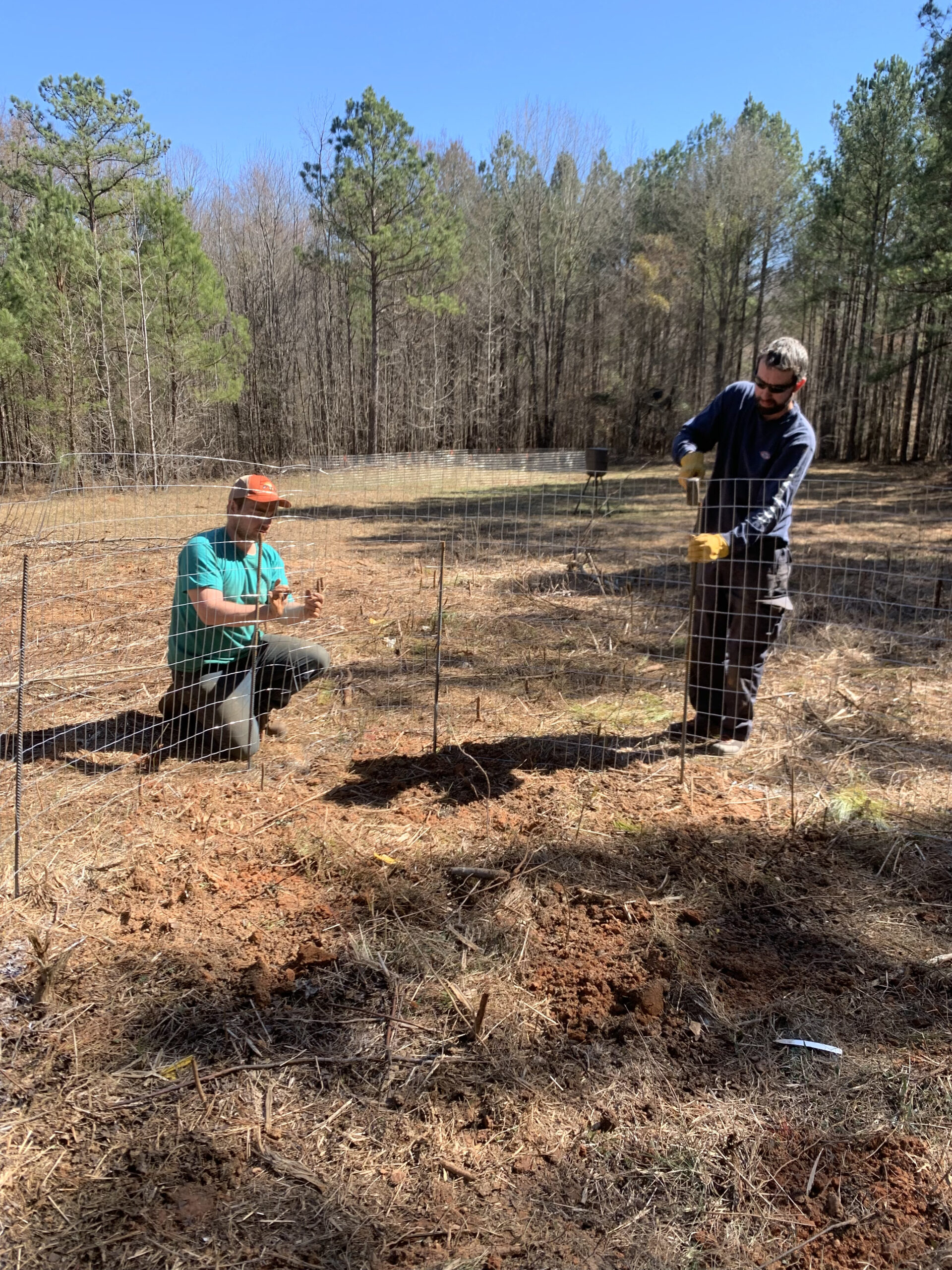
There are simply too many hungry deer-mouths that eat everything in sight. All we can do to protect the plants is use fencing that deer can’t get past. Deer can jump over a four-foot fence, but don’t like jumping into narrow enclosures that might tangle up their pretty legs. We opted for a series of four-foot-tall elliptical enclosures, with rebar for fence stakes. We’ve used this fencing strategy in other areas on the farm with fair success, so we figured we’d repeat it on this back acreage.

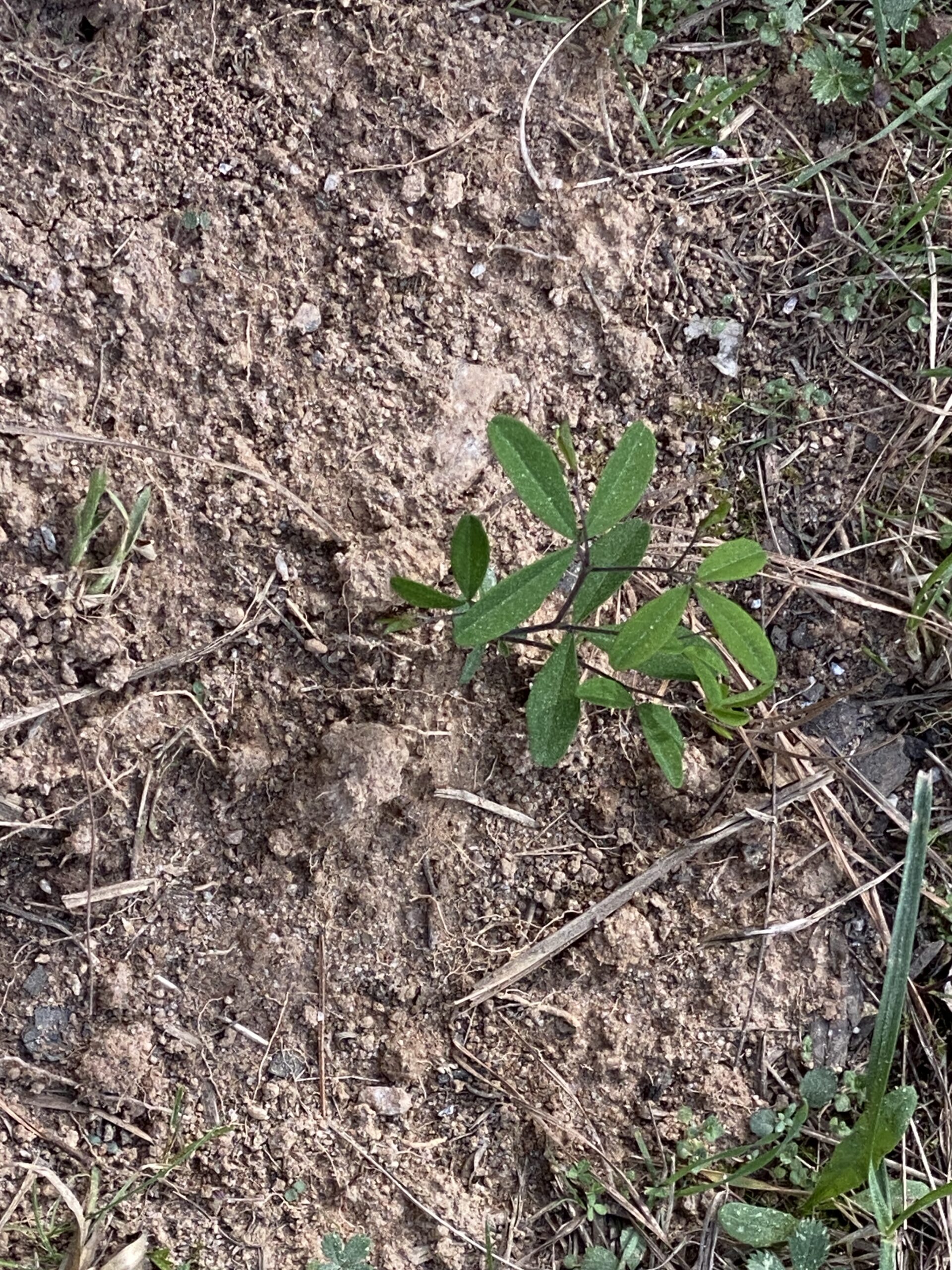
Two week update on the plants:
They all seem to be adjusting to their new home. Here are pictures a few of the plants two weeks after we installed them.
